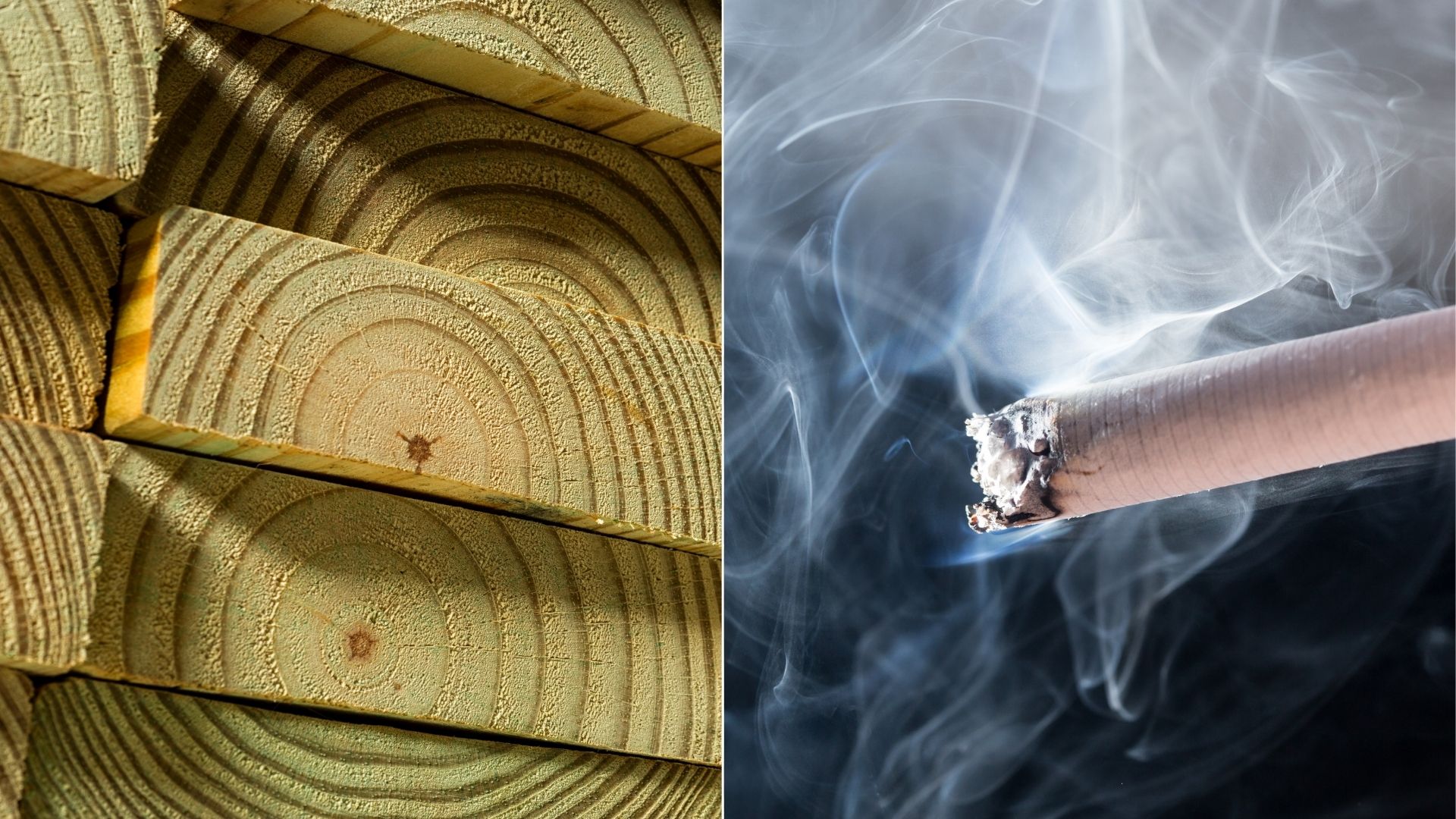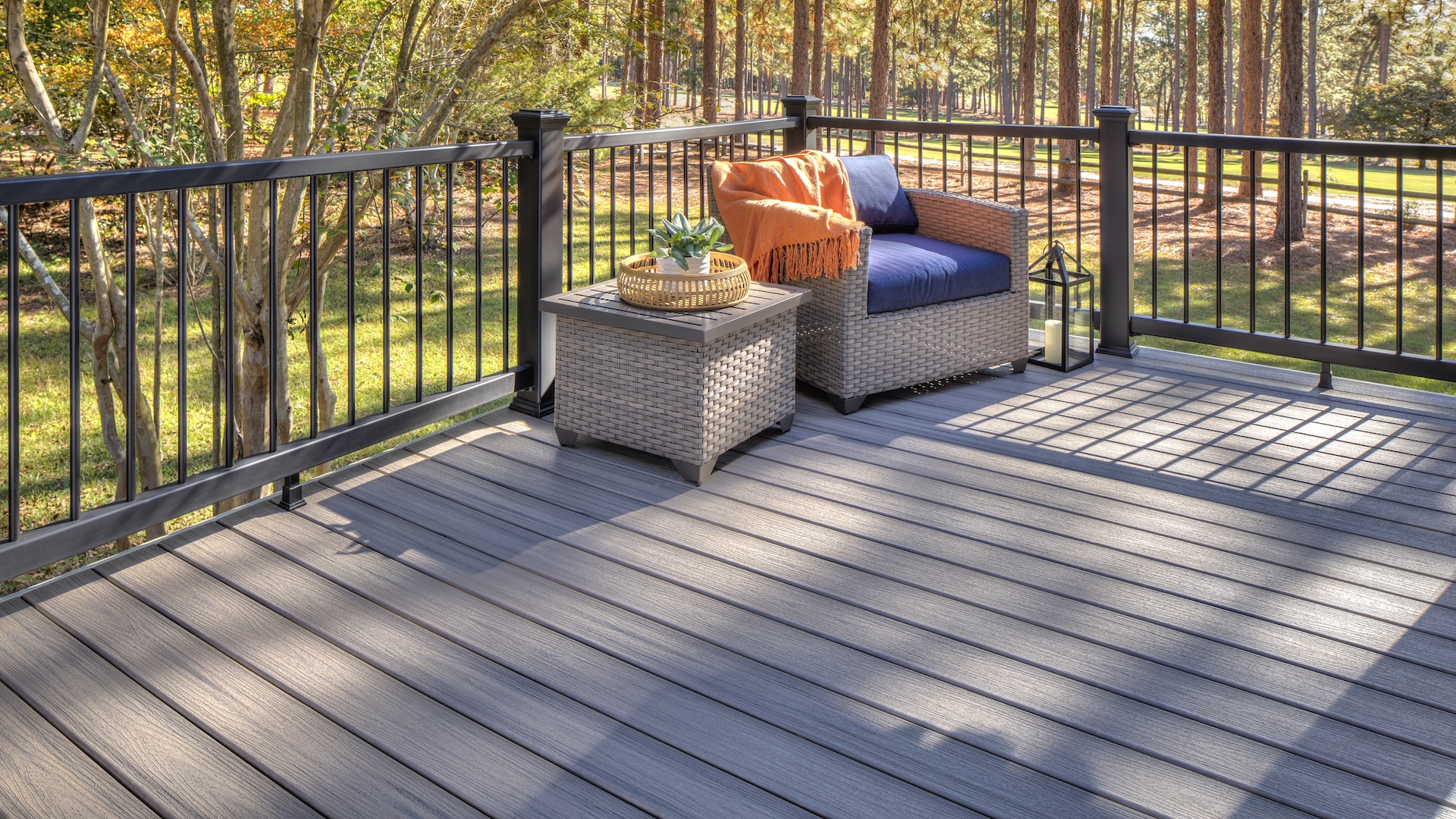
In Hour 1, we talk about sealing out smoke odor from a neighbor, screening in a pool and more.
Hour 1
Sealing Out Smoke Odor

Colleen Powell hasn’t been able to use the chimney in her duplex since the top was removed. She can’t light any fires in the fireplace, but she now has a smoke problem.
“The neighbors next to me are smokers. Somehow it comes through to my place and smells the strongest near it. Do you have any suggestions about what can be done to fix this problem?” Colleen asks.
Most of the time, heat from a fire prevents downdraft. However, since the chimney is capped, the smoke has nowhere to go and is making its way into your living area.
If you have a damper, close it immediately. Then, purchase a fireplace plug. It blows up like a balloon and slips right up into your fireplace to seal out downdrafts, noise and odors.
You can get the same result with a foam board. Simply cut it to shape and use caulk to seal it inside the chimney.
The forced air from your heating and cooling system will pull outside air into your home, so you should seal your home envelope as best as you can. Caulk any cracks and gaps and install socket seals behind your plugs and switch plates.
Not only will you keep the smoke smell out of your home, but you’ll also boost your home’s energy efficiency.
Options for Screening in a Pool
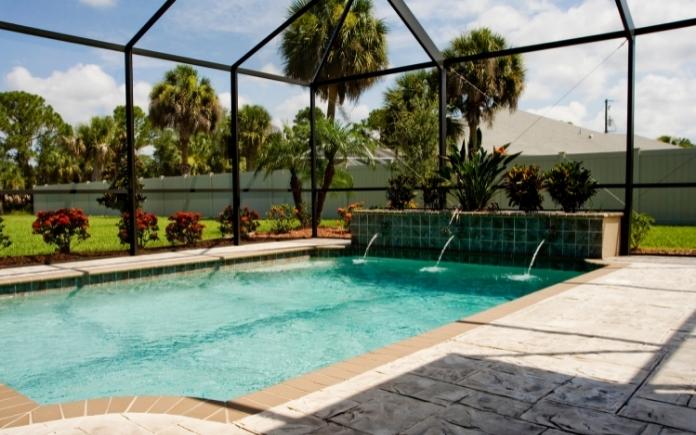
Christy Baggarley in Georgia wants to build a screened-in enclosure around her pool, but can’t find where to buy either a kit or the individual components.
Christy asks, “Does such a thing exist? Also, in one of your videos, you showed a super-rugged screen. Where can I buy some of that for our pool enclosure?”
The screen system Christy is referring to is a retractable screen from Wizard Screens. These screens are available in a variety of sizes, and there’s even a motorized option.
We aren’t familiar with any kits that you can put together yourself. Screening in a pool is a very involved job, so we recommend calling a professional to install one.
One system we’re familiar with is the Screen Tight Screen Enclosure System, but they currently only ship their aluminum screen enclosures to select markets in Florida. Call a local contractor to see what’s available in your area.
If you want to build it yourself, heavy mesh screen is available in hundreds of colors and mesh densities. For the posts, use quality treated wood, sand it and stain it before you attach the screen. This will give the enclosure a nice clean look.
Hour 2
In Hour 2, hear our tips for picking pressure-treated wood, fixing a crack in a concrete slab, and landscape lighting.
Tips for Choosing Pressure-Treated Wood
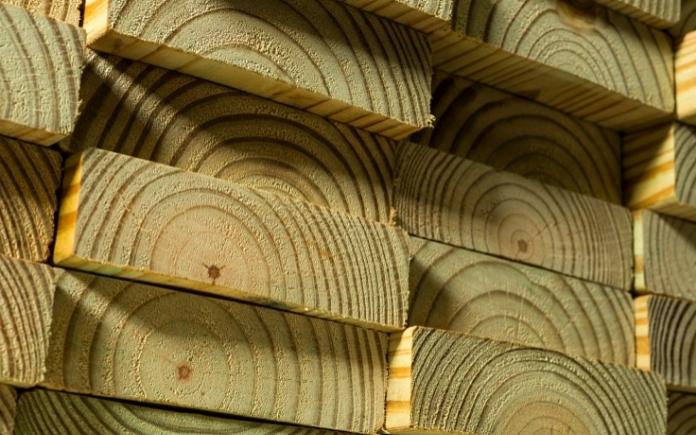
A caller wants to know: “What can I do to keep pressure-treated lumber from twisting and bowing once it has dried out?”
It’s nearly impossible to keep pressure-treated wood from twisting and bowing, but here’s what you can do to lessen the chances of that happening:
- Buy a good quality pressure-treated wood — all are not the same. The best you can get is kiln-dried after-treatment lumber. This type of pressure-treated lumber is dried in a kiln after it’s treated with chemicals, so any excess moisture and chemicals are removed. This helps minimize the wood’s tendency to warp, cup and shrink.
- Before assembly, apply a penetrating clear coat over the wood to minimize movement later on. You can also use a semi-transparent stain.
- Hand-pick through the pile. Find the driest, straightest boards. Since they’re dry, they probably have already warped into their permanent position.
Fixing a Crack on a Concrete Slab
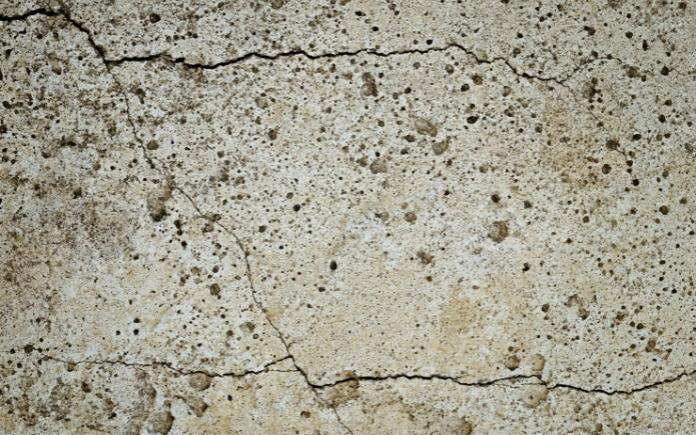
Jane Muich in Missouri has hired a contractor to install vinyl plank flooring in her condo. To save money, she removed the baseboards and carpeting herself.
However, after pulling up the carpet, she found two 1/8-inch-wide cracks in the concrete slab. One crack is nearly 20 feet long and is un-level in some sections. The other crack is about 5 feet long.
She asks, “Must these cracks be fixed before the floor is installed?”
Short answer: Absolutely! And now is the time to do it before you install the flooring.
You can fix this with a floor-leveling compound. Custom Building Products has a variety of floor leveling and floor patching compounds you can choose from.
It’s like repairing a crack in drywall. Mix the floor-leveling compound and use a concrete trowel to fill in the crack. Let the compound dry according to the instructions and apply a second coat.
Read: How Thick to Apply Floor Leveling Compound to a Subfloor
If you don’t do this, you will see the crack once the luxury vinyl tile is installed. Also, make sure your contractor leaves a gap around the perimeter of the room so the flooring can expand and contract.
Around The Yard: Landscape Lighting
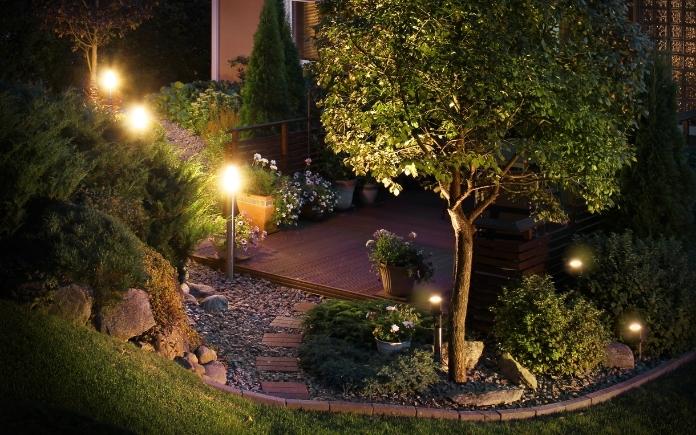
Landscape lighting can enhance the beauty of your home at night if it’s strategically placed.
Don’t just haphazardly place lights all about. Walk around your yard at night and take note of features that could be enhanced with a little light or dark areas that could be made safer with a little illumination.
Before you start buying fixtures, consider what kind of light you need. There are a variety of lighting methods and the ones you choose will determine the equipment you need to buy.
For example, shadow lighting shines a single beam of light on a feature, say a trellis, and casts its shadow on a surface behind it, like a wall or fence.
Uplighting is a great way to illuminate trees using a flood light hidden below them to dramatically highlight their structure.
Moonlighting reverses this idea by placing spotlights high up in the trees, pointing downward, to cast the shadows of the limbs on the ground much like moonlight would.
And of course, downlighting with several small fixtures is a great way to softly light up a pathway or staircase.
Once you have an idea of what you want to achieve, experiment a little with a strong flashlight to be sure you like the effect. Your time and money will be better spent if you do the planning upfront.
Around The Yard is sponsored by Pavestone.
Best New Products
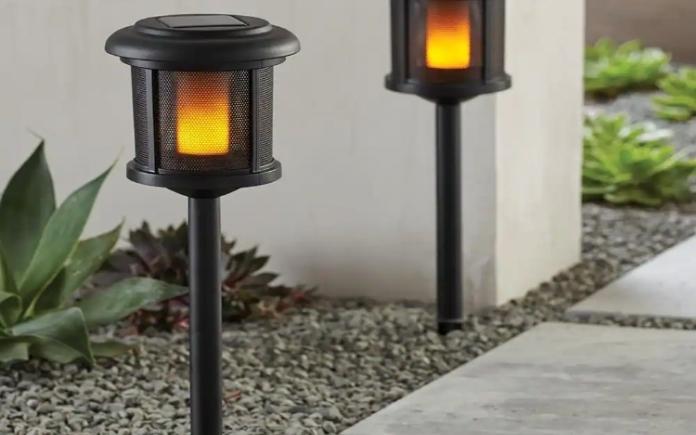 |
Want to add extra ambiance to your yard? Hampton Bay’s Solar LED Flicker Flame Path Lights mimic the look of real flames! Learn More >> |
Simple Solutions
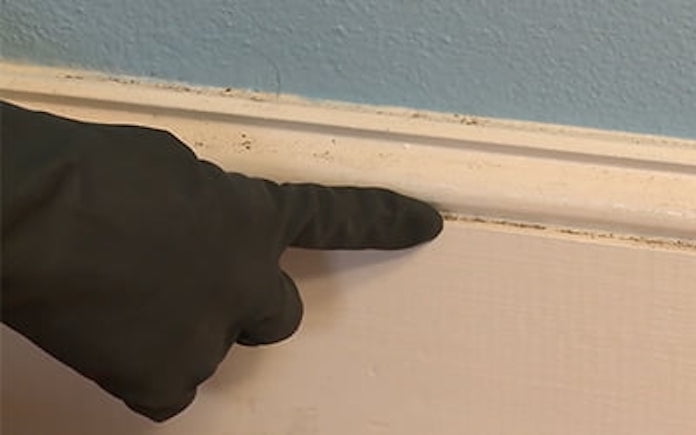
Wood Trim Cleaning Tip — Mix one quart of water with about one cup of liquid fabric softener. Use a cloth or sponge to wash the decorative molding and baseboards.
So, why does this work? Well, the antistatic property of the fabric softener helps to remove the dirt and prevents static cling from attracting more dust.
Watch: How to Clean Baseboards in Two Easy Steps
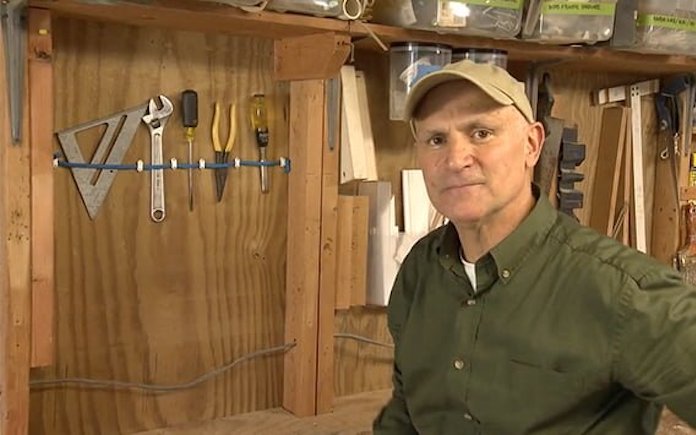
Bungee Cord Tool Storage — Here’s a tip for using bungee cords to store and organize hand tools in the workshop.
First, twist off the hooks from the cord, then attach one end of the cord to the wall with a cable staple. Stretch the cord tightly across the wall and secure the opposite end with another staple.
Now hammer in two or three more staples across the cord, spacing them 4-6 inches apart.
Then, simply slip the hand tool behind the taut cord.
Watch: Using Bungee Cords for Organizing and Storing Tools

